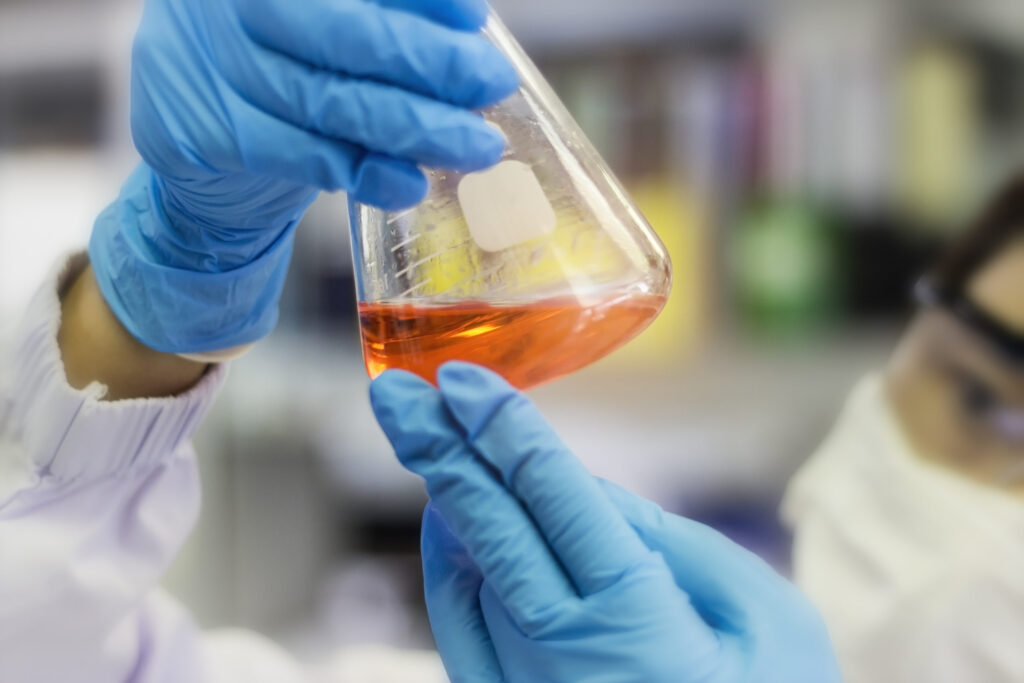In-line buffer management markedly reduced the production bottlenecks and manufacturing costs inherent in biopharmaceutical manufacturing. Additional cost reductions are possible, however, by simplifying and standardizing buffer solutions at the product development stage and during facility design.
That’s the finding of research led by Kevin Gibson, PhD, associate director and bulk bio subject matter expert with PM Group, and scientists at University College Cork (UCC), Ireland, where he is completing his doctoral work. “Taking 50 example process scenarios and three key design variables—stock solution concentration selection, operating shift pattern, and multi-batch preparation—a comprehensive analysis has been completed with a mean cost reduction of 20% from the best case compared to the worst across each process scenario,” Gibson tells GEN.
He, along with his UCC research supervisors Jorge Oliveira, PhD, professor and head of the school of engineering and architecture, and Denis Ring, PhD, lecturer, detailed results in a recent paper in Results in Engineering. Their experiments involved 24 commonly-used buffers, three stock solutions for each buffer, and 50 individual process scenarios that included a random number of buffers.
Minimize unique buffers
“The scale of the potential improvement is substantial, in the context of overall cost of buffer management,” he says. Simulated data suggests manufacturers with an annual, average buffer volume of 25,115 L produced in 100 batches could expect to save about €2.8 million per year. “I would not expect this level of savings for a real manufacturing facility, however,” Gibson cautions.
The work of Gibson, Oliveira, and Ring shows “a clear need to minimize the number of unique stock solutions to be managed, while also considering the volumes to be handled,” Gibson says. It also recommends maximizing the use of multi-batch preparation. “This reduces the number of preparations required per batch,” thereby lowering the overall cost of buffer management. They report that multi-batch preparation decreased capital and operating costs across the board.
“Buffer preparation is historically a 24-7 labor-intensive operation with one preparation per shift per system being common practice,” Gibson points out. Fully adopting inline preparation systems has significant debottlenecking potential. “Given that a 3,000 L preparation could be completed in one hour rather than one shift, the potential to transform the way buffer preparation is managed exists, allowing greater focus on value-add activities while reducing the cost of manufacture.”
To optimize buffer management, Gibson and colleagues recommend starting at the design stage to identify the fewest unique stock solutions that can feasibly be used to prepare the required buffers and then optimizing those solutions to achieve a more cost-effective and productive approach.
“Optimizing stock solution concentration provides an excellent opportunity to simplify the buffer management problem and further reduce the cost of buffer, emphasizing the need to incorporate such approaches into the design process,” Gibson and colleagues maintain.



